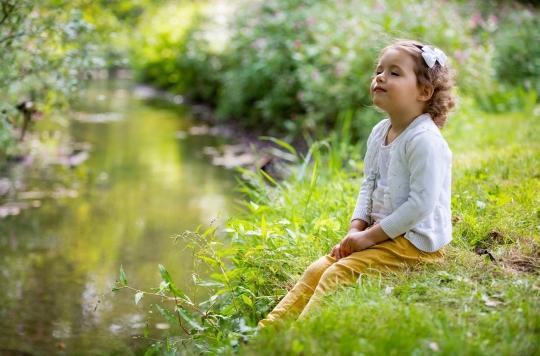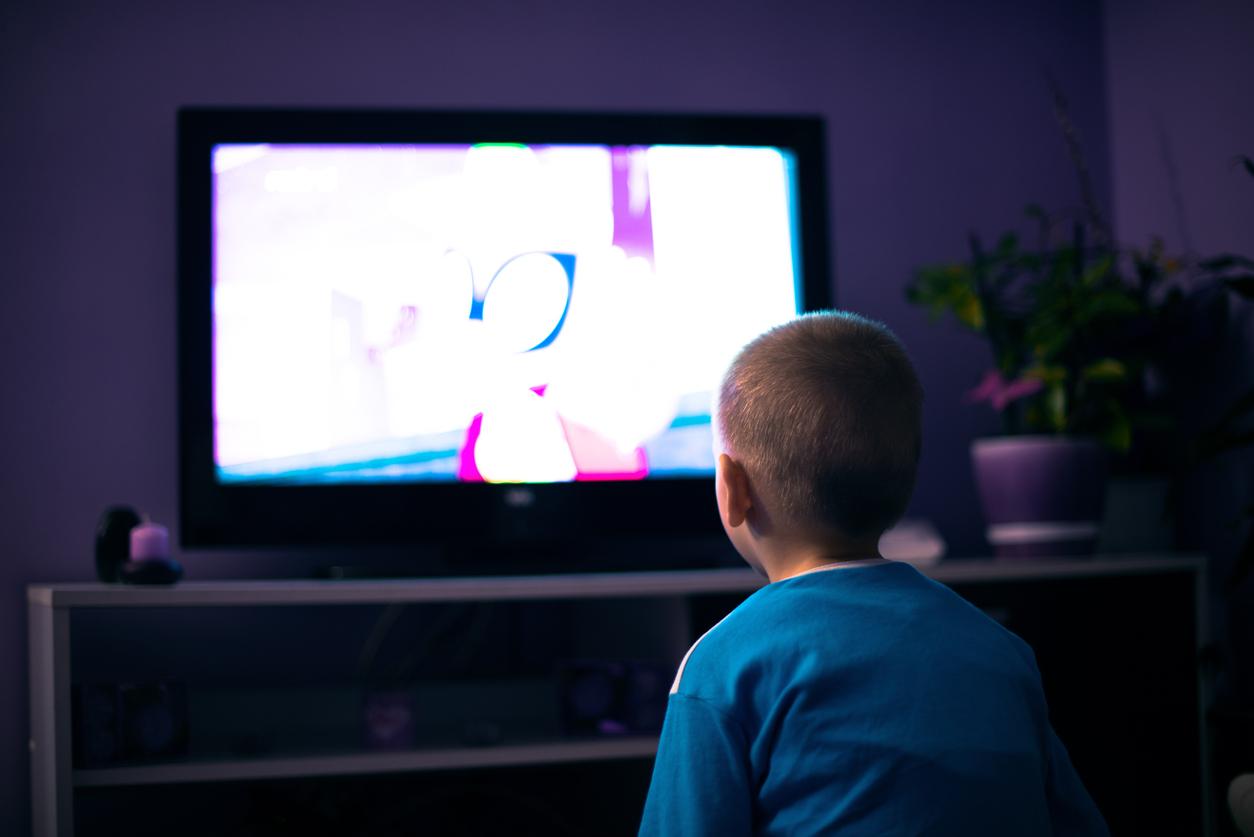Children who have lived near green spaces during the first ten years of their life have better lung function.

- “Infancy is a crucial time for lung development. A child’s environment and the air they breathe can impact their lung health for the rest of their life,” says Professor Marielle Pijnenburg .
- Living and growing up near blue spaces, namely the sea, a river or a lake, has no impact on children’s lung health.
Park, forest, garden, meadow… Bringing children closer to nature helps improve their lung health. This was revealed by researchers from the University of Porto in Portugal. To reach this conclusion, they carried out a study published in the journal European Respiratory Journal. In order to carry it out, the authors recruited 3278 children who lived in the Portuguese city and its surroundings.
Consider forced vital capacity
The scientists used satellite data and maps to assess the amount of vegetation around their home. They also used geographic information systems to determine the distance between children’s home addresses and the nearest park, garden or other public green space when they were born and aged four. seven and ten years old.
Next, the team measured the young participants’ lung function based on their forced vital capacity. This is the maximum amount of air a person can exhale after taking the deepest breath possible. Forced vital capacity can indicate how well the lungs are working and help diagnose lung diseases, such as asthma.
Grow surrounded by green spaces
According to the results, children who lived near green spaces during the first ten years of their life tended to have better lung function. According to the authors, living in greener neighborhoods when children grow up is more important for their breathing than living in a green area when they are born. “This can be explained by the fact that babies spend much less time outdoors than children,” said Queiroz Almeida, author of the work.
“We looked at factors like physical activity and air pollution, but the link between lung function and getting closer to green space remained, even after controlling for these factors. It could also be that getting closer to nature reduces stress, which can improve physical health, or has a positive effect on children’s microbiome”added the researcher.
House prices often dictate where families live, and many cannot afford to live in neighborhoods close to nature, say scientists. Thus, they highlight the need to create more green spaces in urban areas where vegetation is sparse or non-existent.















